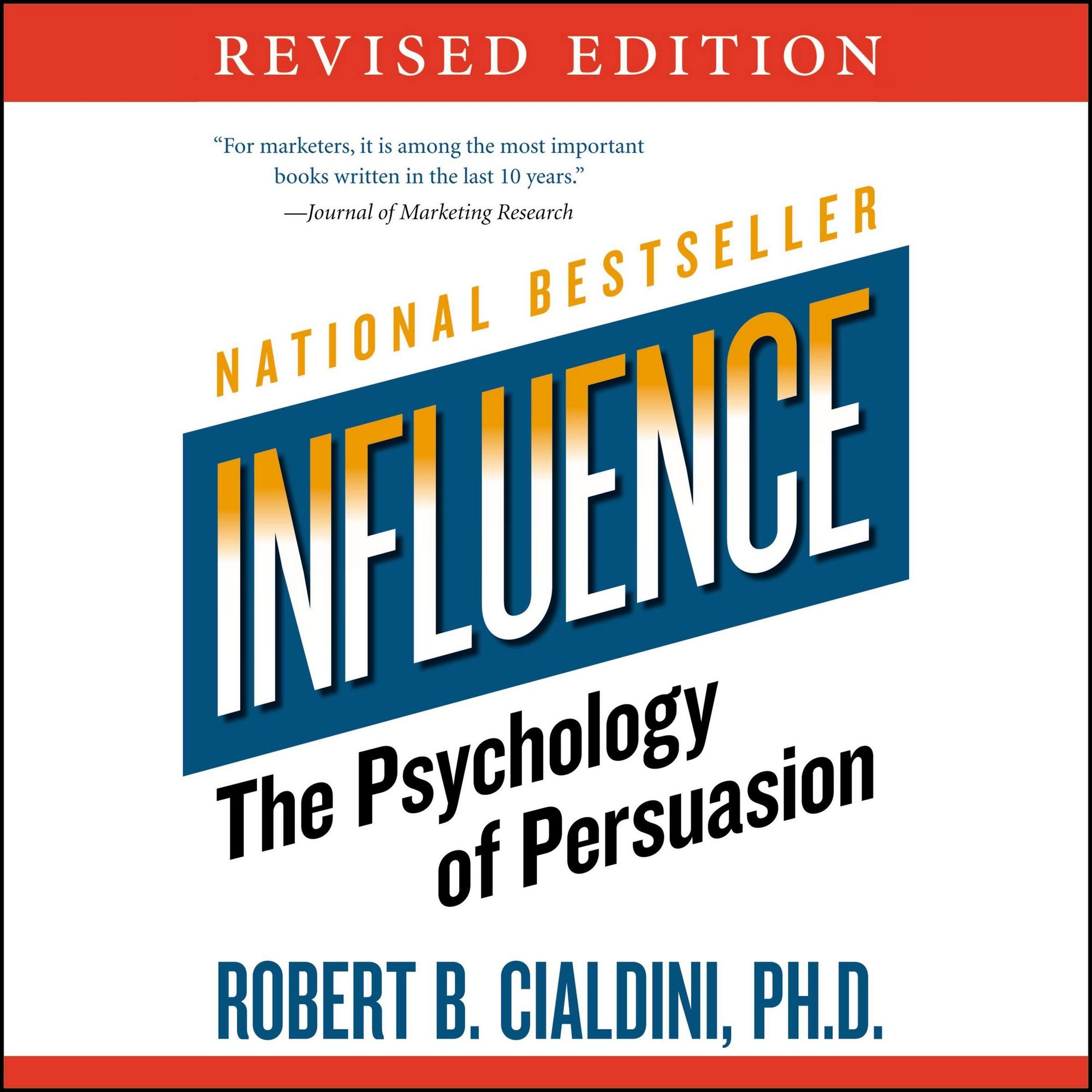Want to thrive in a competitive marketplace? Then you need an edge over the competition.
But what does a competitive edge, or advantage, consist of?
In this article, we’ll walk you through the difference between a comparative advantage and a competitive advantage.
By the end of this article, you’ll be well on your way to understanding the types of advantages your business has already, and you’ll have a better grasp of why you win or lose deals against your competitors.
In a hurry? Jump to the most relevant section for you:
- Comparative vs competitive advantage
- What is a comparative advantage?
- What is a competitive advantage?
- Examples of comparative advantages
- Examples of competitive advantages
- Competitive intelligence and competitive advantages
Take 5 minutes to participate in The State of Win/Loss Survey
Share your expertise and receive exclusive access to industry-leading insights that will help you close more deals. In partnership with Clozd, we're building the ultimate Win/Loss playbook—and your input is crucial.
Take the survey now
Comparative vs competitive advantage
Comparative and competitive advantages are economic terms that, when applied to a business, refer to a business’ ability to produce goods and services and to win against competitors over time.
If you can pinpoint your organization’s competitive and comparative advantages, you can make more informed strategic decisions about which market gaps to target.
One competitor might have an unbeatable advantage, while another might have a slight advantage that you can overtake with the right competitive strategy.
What is a comparative advantage?
A comparative advantage persuades buyers at the point of purchase to choose you, all else being equal. For example, if your prices are lower, your shipping times are faster, or your product reviews are better than your competitor’s, then you have a comparative advantage that’s likely to sway the buyer in your favor.
A comparative advantage persuades buyers to choose you at the point of purchase.
Want it put another way?
A comparative advantage means the opportunity cost to the customer is lower when they choose you over your competition. When you have a comparative advantage, it makes little sense for a buyer to choose anyone else. Unless, that is, your competitor has a competitive advantage.
What is a competitive advantage?
A competitive advantage has predictive value in determining which businesses are likely to win more market share over time. Competitive advantages are more strategic and often cancel out comparative advantages. They empower your organization to offer value indirectly in ways your competitors can’t.
Competitive advantages empower businesses to win market share from their competitors over time.
An expert marketing team that transforms trust in your brand constitutes a competitive advantage for your business. Over time, what you gain in brand trust and customer loyalty makes your customers willing to pay a higher price for your trusted product. Your competitive advantage in in-house expertise and knowledgeable personnel has paved the way for a cost advantage.
Competitive advantages come in two distinct flavor:
Examples of comparative advantages for a business
Lower prices
Lower prices are the simple, most obvious example of a comparative advantage.
Of course, lower prices only constitute an advantage if you’re still able to turn a profit. And if your competitors are able to turn a greater profit than you per unit sold, this represents a problem in the long term if you’re not able to make up the shortfall by selling a larger number of units.
You can achieve viable lower prices through economies of scale, better contractual agreements with suppliers, or better access to the raw materials you need to produce your products.

Faster shipping times
The time delay between purchasing a product and benefiting from it directly impacts the value of a product or service to your potential buyer. That’s why we’re willing to pay more for same-day shipping services, and why Amazon is investing so heavily in drone- and robot-assisted delivery to get products to your door faster.
It’s also part of the value of eBooks, digital downloads, and music streaming services. The closer the wait time is to zero, the faster your customer gets to enjoy your product, and the more likely they are to rate the overall experience highly.
Better reviews
Better customer reviews represent a kind of short-term trust that can persuade customers to choose your product over a competitor’s.
This helps to demonstrate the somewhat weaker, shorter-term power of a comparative advantage: if your brand is well-known and widely trusted, customers will frequently choose your product over a competitor’s without checking reviews. They’ll even be more likely to discount any negative reviews they do see.
Since you’ve already won their trust, your customers will be more likely to turn a blind eye to evidence against the quality of your product. This kind of confirmation bias plays into the massive value strong branding has for a business.
Examples of competitive advantages for businesses
Michael E. Porter, renowned author and economic theorist, grouped competitive advantages into three categories:
- Cost advantage
- Differentiation advantage
- Focus advantage
These broadly refer to, respectively, a business’ ability to manipulate price relative to cost, to offer unique value versus competitors, and to niche down and offer a uniquely positioned product that solves a specific problem very well.

Cost advantage
Robert Cialdini’s book Influence: the psychology of persuasion was first published in 1984. Cialdini documents that many customers are more likely to buy the same product simply because the price is higher.
That’s the result of a simple heuristic: what’s more expensive must be better quality.
Today, people are more time-starved and overloaded with information than ever. With so much competing for your attention, it’s even more common to rely on these subconscious mental shortcuts.

Of course, the only way to charge higher prices sustainably to customers who return time after time is to offer incredible value, even with those higher prices.
Cost advantage today, then, is often the ability to hike prices up without negatively impacting sales, though keeping prices the same and reducing costs is another way to increase margins.
Cost advantage as we’ve described it here is only available to a business with one or more other competitive advantages (like strong, trusted branding). This gives the business stronger product margins, allowing them to reinvest more revenue than its competitors. More investment paves the way for better products and marketing campaigns, and further revenue growth over time.
Differentiation advantage
Your ability to differentiate is your ability to set your brand, business, or products apart from your competitors.
That could mean offering the best customer experience around, either through better product design or excellent customer service. Or making the best use of emerging technologies to accelerate your product’s development.
Or it could mean better branding and positioning. Strong positioning clearly communicates your product’s value to prospects. A trusted brand accounts for a lot since it reduces uncertainty (and therefore risk) for the customer.
Customers are willing to pay more for a brand they trust since in doing so they offset the risk of disappointment when they choose an unknown or untrusted brand.
Focus advantage
Your focus advantage is your ability to solve a very specific problem for a niche set of customers.
In doing so, you occupy a large part of a very small space very quickly. This leaves little room for competitors to come in and claim some part of that market.
If you’re looking to niche down for a focus advantage, your competitive intelligence program will come in super handy. Understand your competitor’s products, and the emotional needs they’re already meeting for customers, then look for open gaps in the market.
Talk to your customers and prospects and try to identify a strong, unmet emotional need that competitor products don’t satisfy. Overlay your findings from both processes to identify the gaps in the market that also have a strong, unmet customer need. If you can fill that space, you stand a chance of capturing a powerful focus advantage.

Use competitive intelligence to give your business the advantage
It’s not too late to establish comparative and competitive advantages in your organization.
But to do that, you need to understand the competitive landscape and the gaps within it that you can exploit.
To do that, you need a framework for learning about your competitors, their strengths and weaknesses, and relating those back to your own products. Figure out where you can win, strengthen existing advantages, and play your hand to best effect.
And if you want to learn from the best, then you’re in luck. You get direct access to them when you join our competitive intelligence community.
Rub shoulders with the brightest minds in the business.
Join our competitive intelligence Slack community today. 👇





.png?v=e4a8f2a0bf)